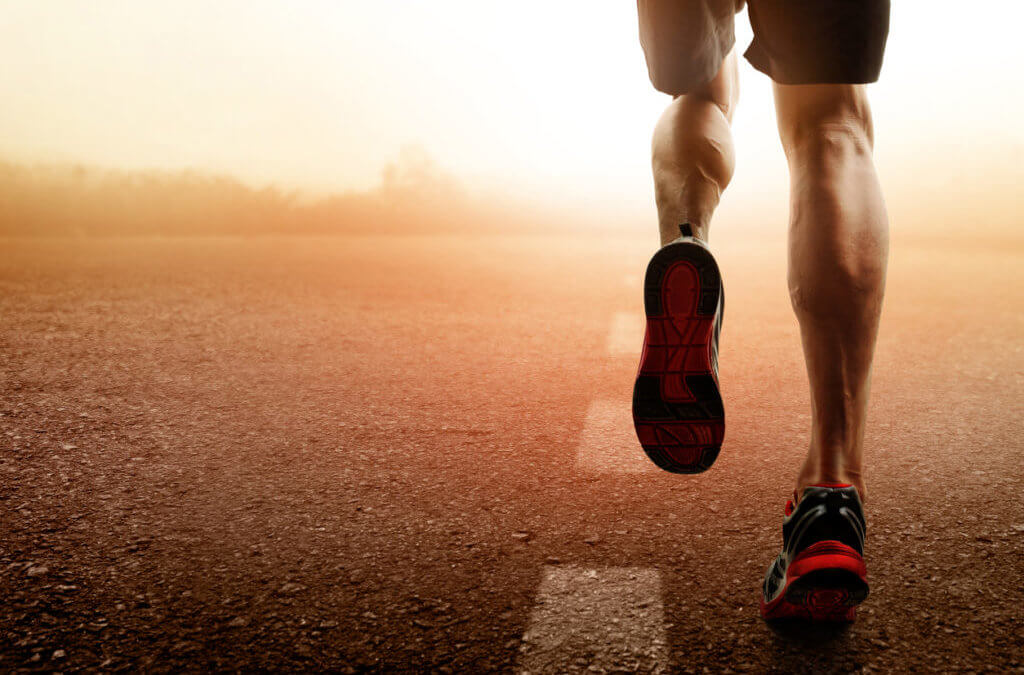Our second part of the marathon series is on common injuries sustained during running training
Over the last 10–15 years, there has been a dramatic increase in popularity of running marathons. Numerous articles have reported on injuries to runners of all experience, with yearly incidence rates for injury reported to be as high as 90% in those training for marathons. To date, most of these studies have been cohort studies and retrospective surveys with remarkably few prospective studies. However, from the studies available, it is clear that more experienced runners are less prone to injury, with the number of years running being inversely related to incidence of injuries. For all runners, it is important to be fully recovered from any and all injury or illness prior to running a marathon. For those with less experience, a graduated training programme seems to clearly help prevent injuries with special attention to avoid any sudden increases in running load or intensity, with a particularly high risk for injury once a threshold of 40 miles/week is crossed.

Most common injury
In both sexes, the most common injury by far are to the knee, typically on the anterior aspect (e.g. patellofemoral syndrome). Iliotibial band friction syndrome, tibial stress syndrome, plantar fasciitis, Achilles tendonitis and meniscal injuries of the knee were also commonly cited.
How does Physio help?
Physiotherapy will help with a biomechanical assessment which will help prevent these injuries occurring, also catch them quickly to prevent the injury affecting your training schedule. Physiotherapy for runners can help ease the pain of injuries and strengthen the injured area. This is because the type of treatment ensures you are getting to the source of the problem and solving it rather than masking the pain. A correct diagnosis and tailored treatment from our expert team can help you back to full fitness and running at peak performance. There are a wide variety of physiotherapy techniques and practices used to help runner’s injuries, both as treatment and prevention.
How does Sports Massage help?
Sports massage will stretch and lengthen your muscles in a much deeper and possibly more specific way than when you stretch after your run. Improving blood flow – when blood flow to a particular area is increased and improved, healing can take place and so the fatigued or injured muscles are rejuvenated, helping you to reduce the chance of any further injuries.
You may also like to read part 1 on marathon running, or read more on our sports injury treatment programmes.
[su_button url=”https://online.tm2app.com/redbournphysio” target=”blank” style=”flat” center=”yes” icon=”icon: hand-pointer-o”]Book online now[/su_button]

